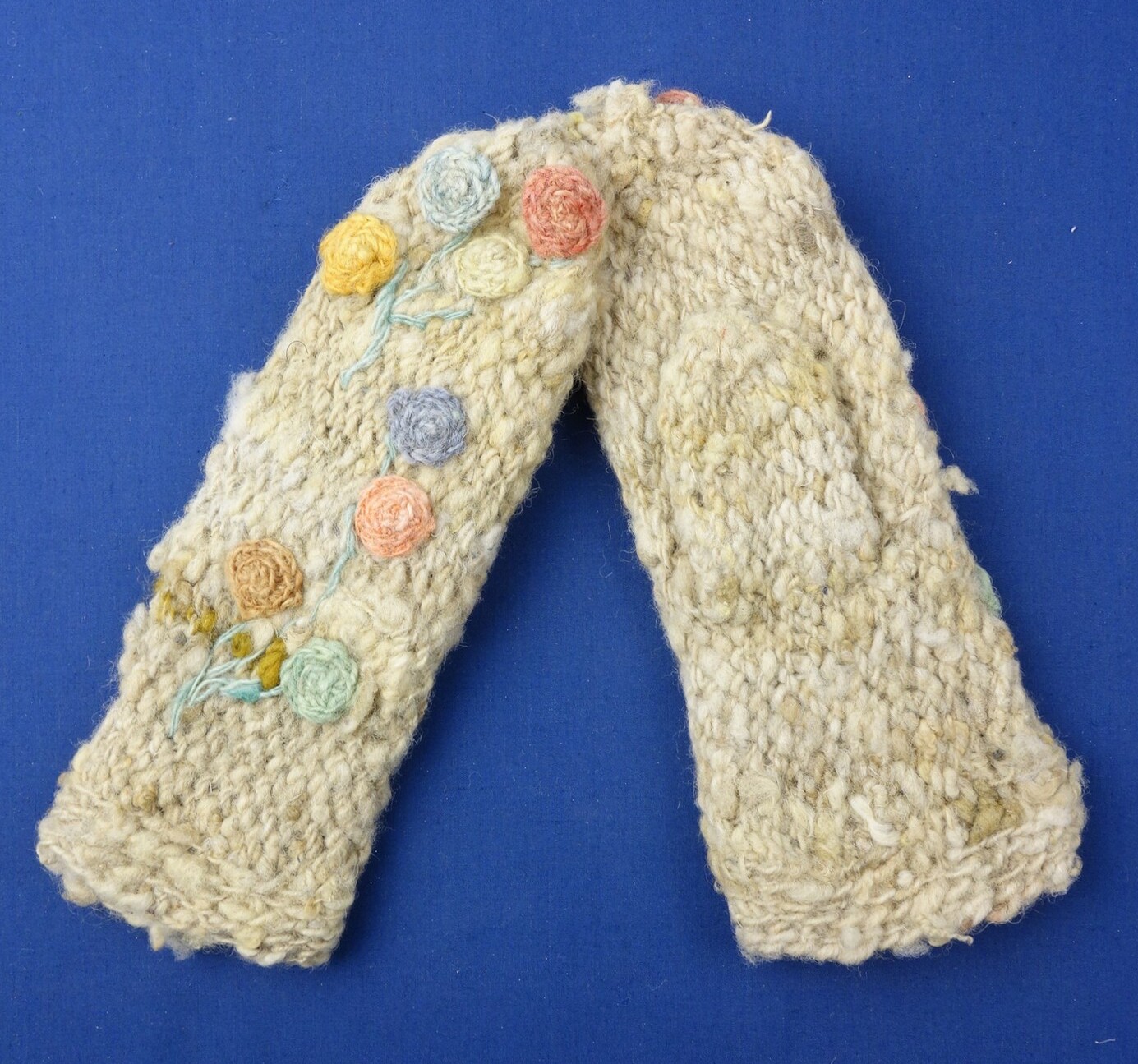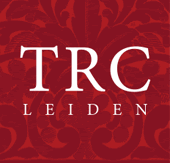"Take care of what you have" is the title of a brochure issued by the Dutch authorities of German occupied Holland in 1942. It was also the adage of the housewife. As the war progressed and scarcity increased, in spite of the rationing, there was little to be bought with the rationing coupons.
People had to make do with what they had. In women's magazines and in the few books published during the war about textiles and clothing, everything revolves around being economical with what people had, taking good care of it, washing and storing it, and repairing it as quickly as possible if it needed mending.
Repairing and improvising
Clothing was mended, dyed and changed over and over again. Socks were endlessly darned. Sweaters and bedspreads were unravelled and new garments were knitted from the wool. They also spun threads at home with illegally obtained materials, often plucked wool that was left behind on barbed wire. In addition, all kinds of other materials were used to make clothing, such as rope, carpet, curtains, flour bags or dog hair.

At the end of the war, there were hardly any items of clothing seen in the streets that were made from one piece of cloth: clothing made from several older patches had become commonplace. Because almost everyone wore this type of clothing, this gradually became fashionable.
More with less
Those who made their own clothes often used a "false back" for blouses: a back made of a different type of cloth such as net. This could not be seen under a jacket. Some people wore blouses that consisted only of a front.
Swapping and trading
Much was exchanged among friends and acquaintances, and fairs were organised by churches, aid organisations and private individuals. Outfits were also shared. An example of this is the story of three friends who together owned a reasonably looking suit. One friend had the jacket, another the vest, the third the trousers.
Bridal dresses
During the war normal life continued, as much as possible. Tthere were weddings, and the bride still preferred to wear white, but then often in a dress that could later be dyed, altered and shortened to wear it again. One such dress is in the TRC collection (TRC 2019.2154), and was worn by a bride in Leiden on 20 April 1938 and again, dyed purple, she wore the same dress at her brother's wedding on 22 December 1943 (see also the TRC blog 'A Leiden wedding dress and WW II', by Gillian Vogelsang, 26 September 2019).


